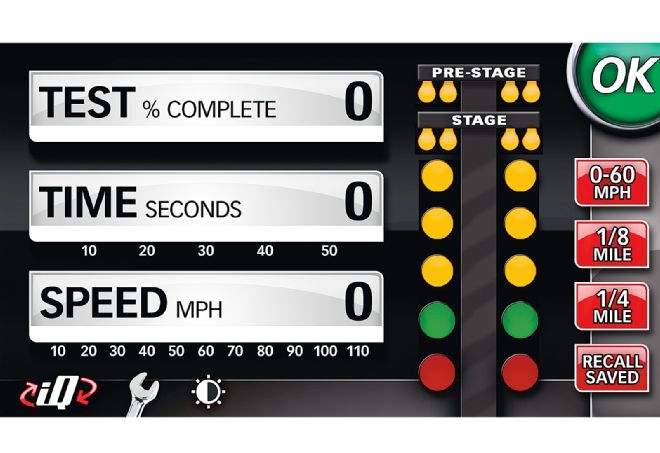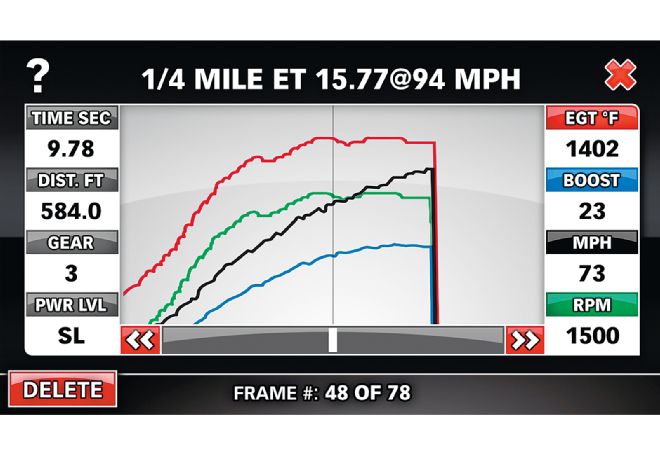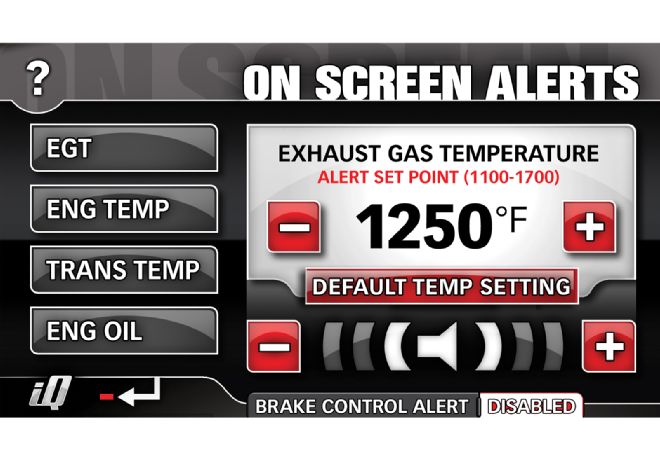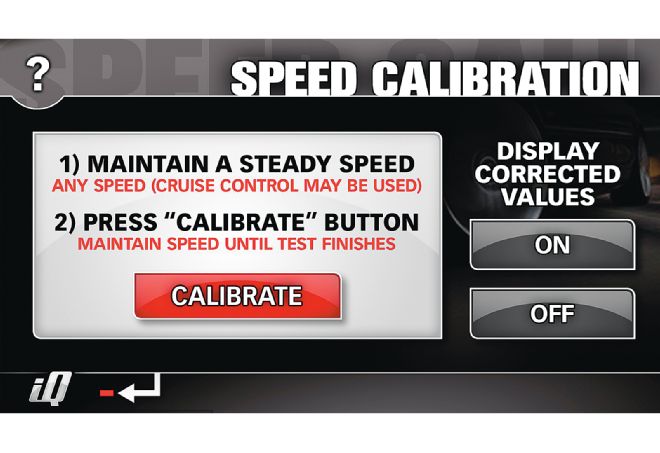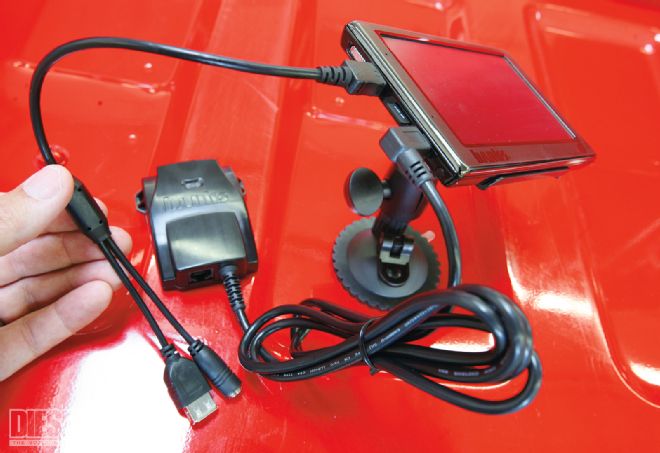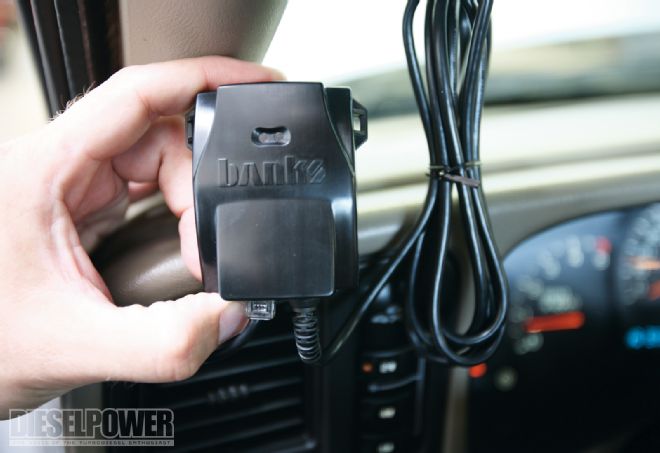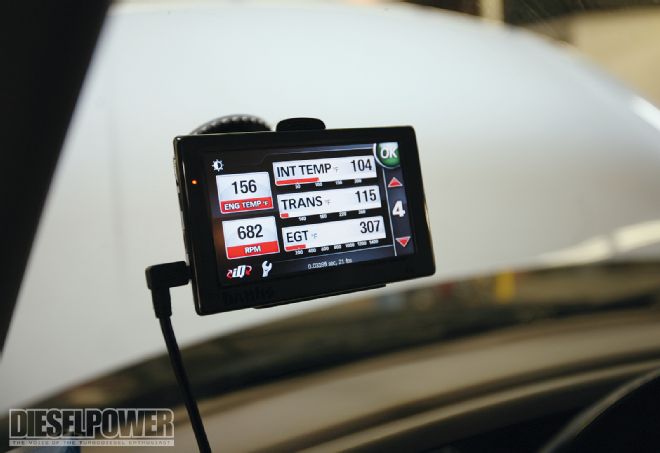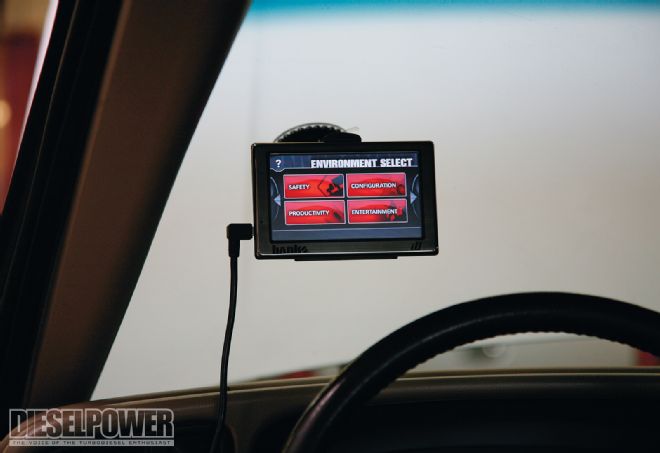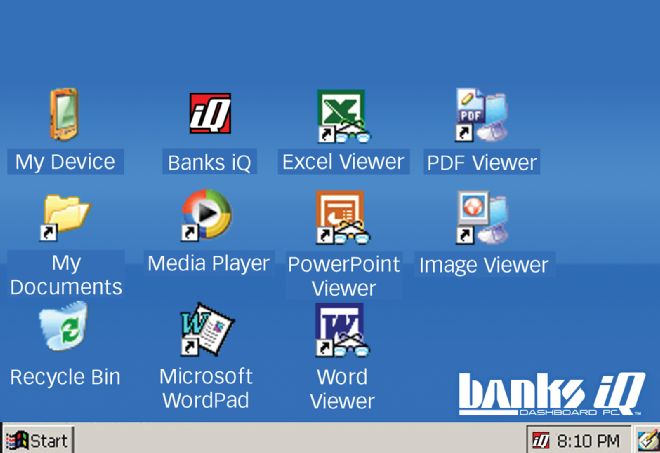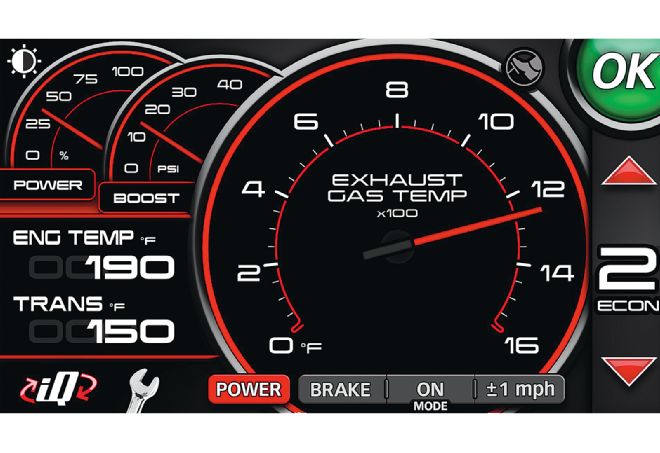It seems ironic that 10 years ago, diesels required almost no electricity, yet wouldn't exist today without computer controls. While some traditionalists may long for the days of mechanical injection, the truth is that many of you reading this magazine have only owned computer-controlled diesels. In fact, it's very likely the computer-controlled engines, and the ease at which modifications can be made to them, is what attracted most of you to diesels in the first place.

| banks IQ Dashboard PC portable Computer
Timeline
In 1989, diesel performance was not in the mainstream. While it was possible to add power to the Ford, Dodge, and GM engines of the day (with the help of an injection pump shop), hot rod diesels were few and far between. When the electronically controlled Ford Power Stroke debuted in 1994, it was met with mixed reviews. While it wasn't the first diesel to get electronic controls (the '93 GM 6.5L was), it was the first computer-controlled direct-injection diesel to be offered on such a large scale. The initial fear from the naysayers was that the new Power Stroke would bring lots of electronic failures. On the other hand, computer tuners from the performance world saw the Power Stroke as something they could add substantial power to. Today we all know which group was right.
Chip, Boxes, Programmers
The initial wave of diesel performance parts came in the form of chips that plugged into the factory computers. As the OEMs moved to a new generation of ECMs, plug-in chips were no longer an option for the aftermarket. The plug-in module, or box, was then developed to hijack information coming in and out of the factory computer and massage the data for more performance.
Another school of thought that developed was uploading a new performance calibration directly into the engine's computer—much like you would load your personal computer with new software. This technology is widely used today and falls under the generic title of tuners or programmers.
SuperComputers
Knowing that the future will only bring more computer controls and more customer expectations, Banks Power has developed a new stand-alone computer called the IQ that works in conjunction with the vehicle's computer. Basically, the IQ is a handheld touch-screen computer designed to interface with the vehicle. Think of it as an iPhone for your car or truck. The unit plugs into the data link connector under the dash and is able to read the information being passed over the vehicle's controller area network (CAN) bus. The IQ has access to all of the information the vehicle's computer does, through various screens that Banks calls environments. The driver can then interpret the data with a number of different digital screen configurations.
Banks promises to take this technology far beyond just giving the driver a set of digital readouts. Banks' intent is to give the customer an interface that will allow them to also control aftermarket hardware through the IQ's display. It can control the Banks Six-Gun tuner and new Banks SpeedBrake in GM, Ford, Dodge, and Cummins-powered motorhomes, but in the future, the IQ architecture will also be able to control things like nitrous, water injection, and propane—basically anything that can be computer controlled.
In addition to the vehicle performance menus, the IQ will also feature a full suite of media capabilities. It will allow you to view photos, movies, and listen to music. The unit also has built-in GPS capability—and did we mention it also runs Windows CE? After seeing the Banks IQ, we were left wondering—is there anything this product won't be able to do?
